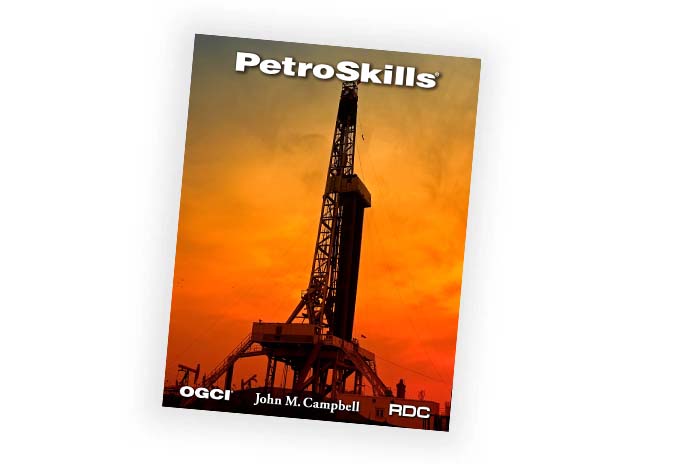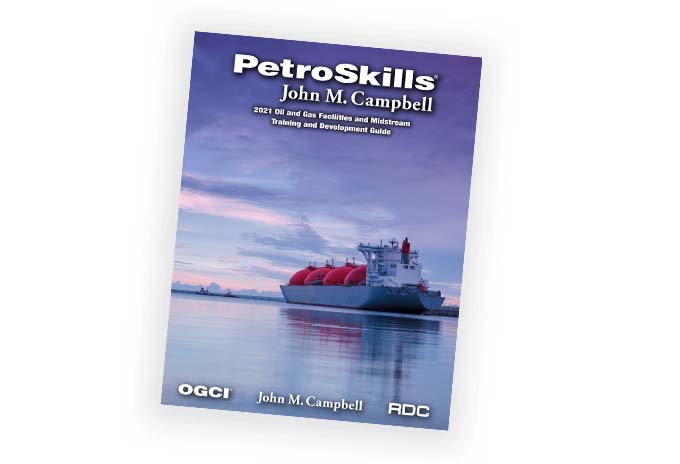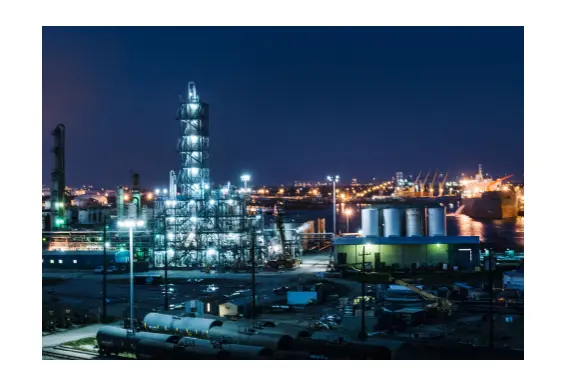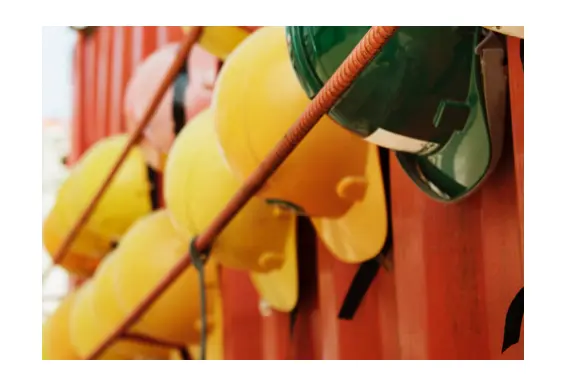Offshore Drilling Operations - ODO
About the Course
This course is designed to familiarize personnel with unique aspects of offshore operations, structures, and vessels, and how drilling rigs interact with them over the life of an asset. All styles of rigs are analyzed, including bottom-supported and floating, mobile and fixed. Advantages and disadvantages of specific rig applications are considered when clarifying selection criteria, especially HSE performance, technical capabilities, and full-cycle efficiency.
Target Audience
Operator staff including engineering, geoscience, operations supervision and technical support, and HSE, drilling contractor rig crew and technical support personnel, and service company and logistics support personnel.You Will Learn
Participants will learn how to:
- Identify differences between onshore and offshore operations
- Clarify HSE and other risks associated with offshore operations (helicopter operations, boat operations, crane and deck operations, simultaneous operations, emergency response)
- Identify offshore structures commonly used in the oil and gas industry and their typical applications (bottom-supported or floating, fixed or mobile, moored or dynamically positioned, single use and multi-use structures)
- Identify various styles and designs of marine risers, subsea and surface BOPs, wellheads and trees
- Determine differences between various rig types and how they interact with offshore structures over the life of an asset (platform rigs, barge rig, jackup rig, semi-submersible, drillship)
- Identify operational effectiveness differences between various configurations of rig equipment, especially multiple activity centers
- Specify rig selection criteria
- Clarify logistical drivers for drilling and completion operations
Course Content
- Surface and subsurface characteristics unique to the offshore environment
- HSE considerations for offshore and how it impacts planning, operations, and logistics.
- Design options for offshore and onshore installations (platforms-both bottom-supported and floating; FPSOs, risers, and pipelines; wellheads and trees; shorebase; how these choices impact rig selection and project economics
- Drilling rig styles (design capabilities, advantages and disadvantages, rig selection criteria, multiple activity centers to compress the critical path, rig strategy-how rig requirements change over the life of an asset)
- Well construction sequences (surface and subsea wellheads, casing and cementing program strategies, drilling fluids selection, wellbore stability-narrow MW window, ECD management, lost circulation, NPT avoidance-well control, hole cleaning)
- Transition to Completion / Intervention (barrier maintenance, job sequencing-batch mode or serial mode, intervention options)
Product Details
Categories:
UpstreamDisciplines:
Well Construction/Drilling Offshore & SubseaLevels:
FoundationProduct Type:
CourseFormats Available:
In-ClassroomAdditional
Request a Public Session
If you are interested in a public session of this course, please click the button below to request it.
Request Public SessionIn-House Training
This course is also available upon request as a private, on-site seminar. Contact us for details and pricing.
Request In-House TrainingNeed Help
Contact us if you have additional questions about how to register for or attend this course.
Contact Us



